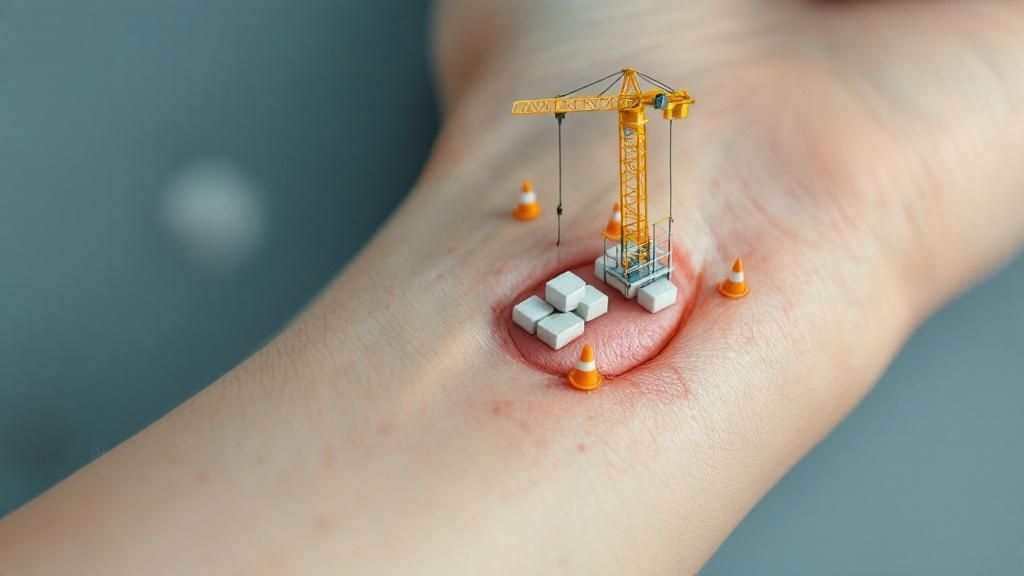Wondering why won’t my wound heal? Discover the top reasons behind slow healing and when it’s crucial to see a doctor for proper treatment.

Mastering Pressure Ulcer Classification
A practical guide to pressure ulcer classification. Learn to accurately identify stages, from early tissue damage to DTI, and improve patient outcomes.

Compression Therapy at Home: Your Complete Relief Guide
Master compression therapy at home with proven techniques that actually work. Discover safe, effective methods from healthcare pros who understand your needs.

Medicare Home Health Benefits: Complete Guide for Patients
Master medicare home health benefits with proven strategies from healthcare experts. Discover eligibility, coverage, and costs you need to know.

Medicare Guidelines for Wound Care: Your Complete Guide
Master Medicare guidelines for wound care with insider strategies from healthcare professionals. Discover proven compliance tactics and billing success secrets.

Reduce Hospital Readmission: Your Complete Prevention Guide
Master proven strategies to reduce hospital readmission rates with practical insights from healthcare teams. Transform patient outcomes now.

Negative Pressure Wound Therapy at Home: Your Complete Guide
Master negative pressure wound therapy at home with expert guidance from healthcare professionals. Get practical tips, troubleshooting help, and heal faster.

How to Heal a Wound Faster: Proven Techniques That Work
Discover expert methods on how to heal a wound faster with proven techniques from wound care specialists. Speed up recovery naturally.

Wound Debridement Procedure: Your Complete Healing Guide
Master the wound debridement procedure with expert insights on types, benefits & recovery. Your essential guide to faster healing starts here.

Stages of Wound Healing: Your Body’s Repair Process
Learn about the stages of wound healing and how your body repairs itself. Discover essential details to support optimal healing.

